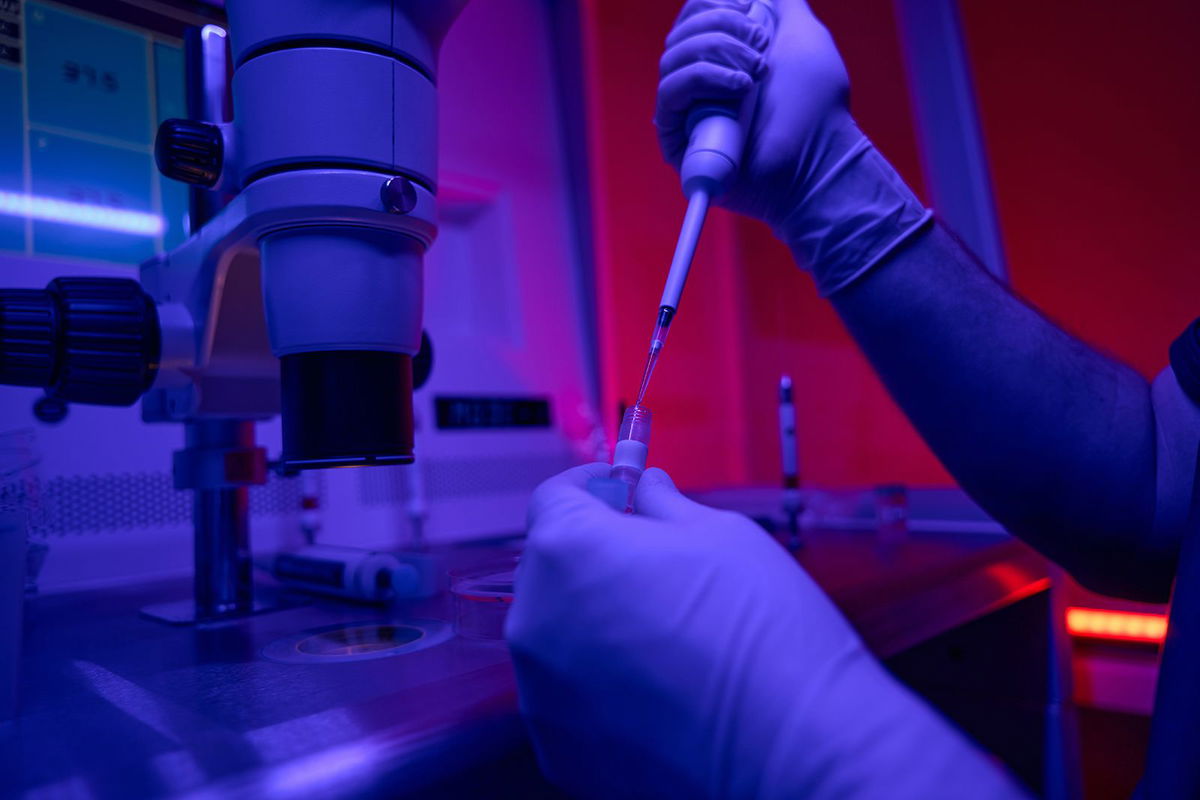Scientists report creation of first human synthetic model embryos

Originally Published: 14 JUN 23 21:30 ET
By Brenda Goodman, CNN
(CNN) — A team of researchers in the United States and United Kingdom say they have created the world’s first synthetic human embryo-like structures from stem cells, bypassing the need for eggs and sperm.
These embryo-like structures are at the very earliest stages of human development: They don’t have a beating heart or a brain, for example. But scientists say they could one day help advance the understanding of genetic diseases or the causes of miscarriages.
The research raises critical legal and ethical questions, and many countries, including the US, don’t have laws governing the creation or treatment of synthetic embryos.
The pace of discoveries in this field and the growing sophistication of these models have alarmed bioethics experts as they push ever closer to the edge of life.
“Unlike human embryos arising from in vitro fertilization (IVF), where there is an established legal framework, there are currently no clear regulations governing stem cell derived models of human embryos. There is an urgent need for regulations to provide a framework for the creation and use of stem cell derived models of human embryos,” James Briscoe, associate research director at the Francis Crick Institute, said in a statement.
Dr. Magdalena Zernicka-Goetz described the work in a presentation Wednesday to the International Society for Stem Cell Research’s annual meeting in Boston. Zernicka-Goetz, a professor of biology and biological engineering at CalTech and the University of Cambridge, said the research has been accepted at a well-regarded scientific journal but has not been published. The research was first reported by The Guardian.
Zernicka-Goetz and her team, along with a rival team in Israel, had previously described creating model embryo-like structures from mouse stem cells. Those “embryoids” showed the beginnings of a brain, heart and intestinal tract after about eight days of development.
The embryo-like structures that Zernicka-Goetz says her lab has created were grown from single human embryonic stem cells that were coaxed to develop into three distinct tissue layers, she said. They include cells that would typically go on to develop a yolk sac, a placenta and the embryo itself.
She told CNN that the embryo-like structures her lab has created are also the first to have germ cells that would go on to develop into egg and sperm.
“I just wish to stress that they are not human embryos,” Zernicka-Goetz said. “They are embryo models, but they are very exciting because they are very looking similar to human embryos and very important path towards discovery of why so many pregnancies fail, as the majority of the pregnancies fail around the time of the development at which we build these embryo-like structures.”
She said that to her knowledge, it was the first time a human model embryo had been created with three tissue layers. But she stressed that while it mimics some of the features of a natural embryo, it doesn’t have all of them.
Researchers hope these model embryos will shed light on the “black box” of human development, the period following 14 days after fertilization, which is the agreed limit for scientists to grow and study embryos in a lab.
Right now, the synthetic model human embryos are confined to test tubes. It would be illegal to implant one in a womb, and animal research with stem cells from mice and monkeys has shown that even when scientists have attempted to implant them, they don’t survive – probably because researchers haven’t figured out how to fully replicate the conditions of pregnancy.
Zernicka-Goetz said that the aim of her research wasn’t to create life but to prevent its loss, understanding why embryos sometime fail to develop after fertilization and implantation.
“We know remarkably little about this step in human development, but it is a time where many pregnancies are lost, especially in an IVF setting,” Roger Sturmey, senior research fellow in maternal and fetal health at the University of Manchester in the UK, said in a statement.
“Currently, we can say that these ‘synthetic embryos’ share a number of features with blastocysts, but it is important to recognise that the way that synthetic embryos are formed is different to what happens when a normal embryo forms a blastocyst,” he said. “There is much work to be done to determine the similarities and differences between synthetic embryos and embryos that form from the union of an egg and a sperm.”
The-CNN-Wire
™ & © 2023 Cable News Network, Inc., a Warner Bros. Discovery Company. All rights reserved.